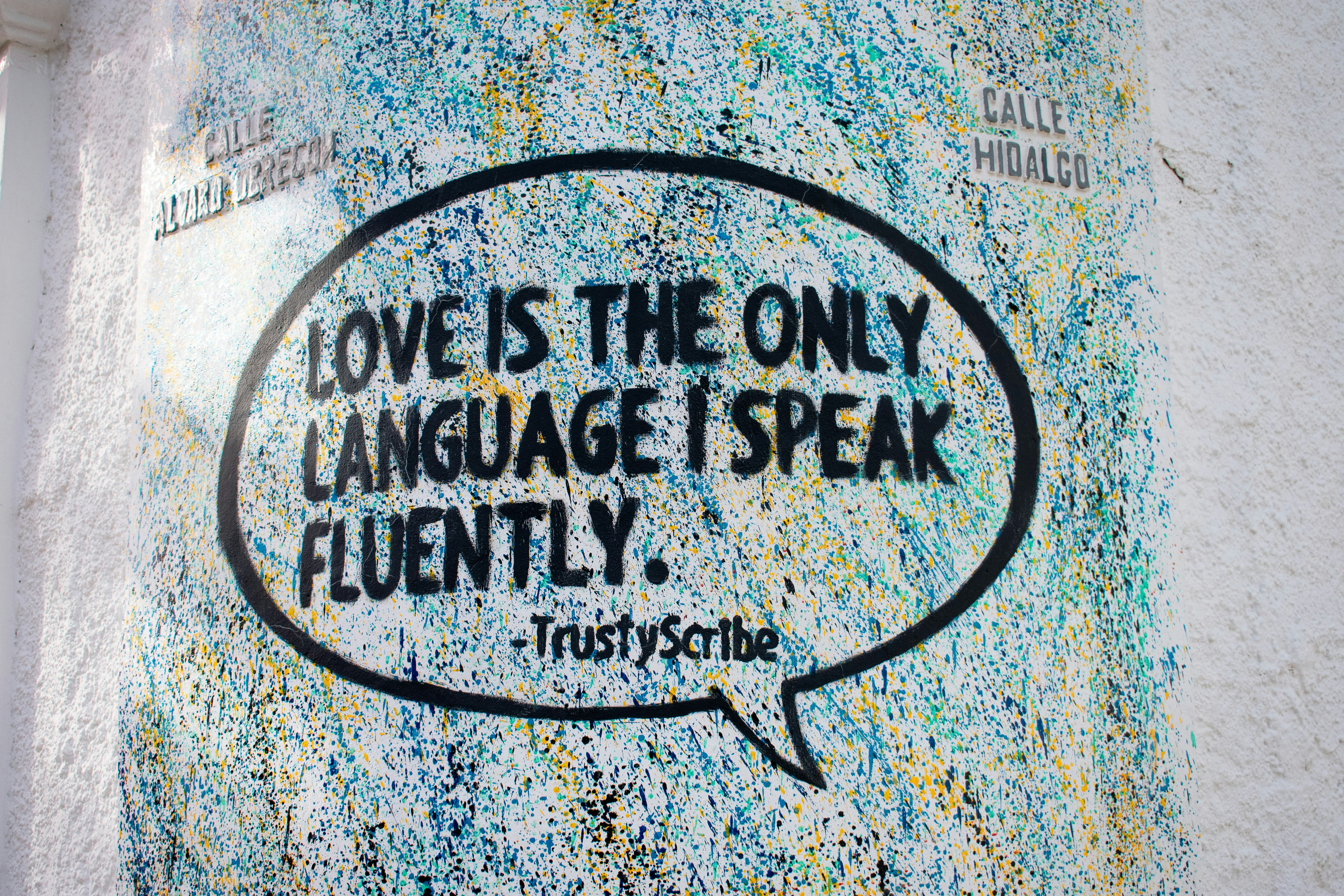Love & Relationships
February 2, 2024
Love Languages Decoded: Why Knowing Yours Might Save Your Relationship
Ever had one of those moments in a relationship where you feel like you’re doing everything right, but somehow things still aren’t clicking? Maybe you’ve planned the perfect date night, bought your partner a thoughtful gift, or sent a sweet text in the middle of their day, only to find they don’t seem all that impressed. Frustrating, right?
Here’s the thing—love isn’t one-size-fits-all. The way you express affection might not be the way your partner receives it. And that’s where the concept of love languages comes in.
What Are Love Languages?
The idea of love languages comes from Dr. Gary Chapman, who introduced it in his book The Five Love Languages. According to Chapman, people express and experience love in five primary ways:
Words of Affirmation – Verbal expressions of love, compliments, or appreciation.
Acts of Service – Doing things to help or support your partner, like taking out the trash or cooking dinner.
Receiving Gifts – Thoughtful gifts that show you’re thinking about your partner, no matter the size or value.
Quality Time – Undivided attention and spending meaningful time together.
Physical Touch – Holding hands, hugging, cuddling, or any form of affectionate touch.
We all have different love languages, and if yours doesn’t align with your partner’s, you might end up feeling disconnected—even if you're both putting in effort. It’s like speaking different dialects of the same language. You think you’re saying “I love you,” but the other person doesn’t quite hear it that way.
Why Knowing Your Love Language Matters
If you don’t know your love language—or your partner’s—you’re essentially navigating the relationship without a map. Sure, you’ll get somewhere eventually, but the journey will be a lot bumpier than it needs to be.
Let’s say your love language is Acts of Service. You feel loved when your partner helps you out with daily tasks—whether it’s running errands or making your morning coffee.
But if your partner’s love language is Quality Time, they might be craving long, uninterrupted conversations or a weekend spent together. You could be doing all the dishes and folding the laundry, but if you’re not spending that quality time, your partner might still feel emotionally neglected.
The point is, you can both be trying your hardest, but if you’re speaking different love languages, it’s like sending love signals across a bad Wi-Fi connection. The message just doesn’t fully land.
How to Identify Your Love Language
So, how do you figure out what your love language is? Start by asking yourself a few questions:
What makes me feel most appreciated or loved?
When do I feel the most connected to my partner?
What do I crave the most when I’m feeling down or stressed?
Often, our love language is tied to what we feel is missing when we’re not receiving love in the way that resonates with us. If you feel most connected when your partner spends time with you, your love language might be Quality Time. If you light up when you receive a heartfelt compliment, you’re probably more aligned with Words of Affirmation.
How Love Languages Can Save Your Relationship
Let’s be real—relationships are complicated, and sometimes, it feels like you and your partner are on different wavelengths. Miscommunication and unmet needs can lead to frustration, resentment, and even conflict. But when you know each other’s love language, you’re no longer shooting in the dark. You have a roadmap to help guide your relationship, ensuring that you’re both feeling loved and valued in a way that resonates.
Understanding love languages can:
Prevent miscommunication. You’ll be able to express your love in a way your partner actually understands.
Deepen emotional intimacy. When your partner feels like their needs are being met, the emotional connection naturally strengthens.
Reduce feelings of neglect. Knowing each other’s love language helps you avoid the “I’m doing everything right, but they still don’t feel loved” trap.
Strengthen trust. When both partners make an effort to speak each other’s love language, it builds trust and emotional safety in the relationship.
How to Use Love Languages in Everyday Life
Once you know each other’s love languages, it’s time to start integrating them into your daily routine. Here are some simple ways to speak your partner’s love language:
Words of Affirmation: Leave a sweet note in their bag, send a loving text, or verbally acknowledge something you appreciate about them.
Acts of Service: Run an errand they’ve been dreading, make them breakfast, or help with a task they’ve been putting off.
Receiving Gifts: It doesn’t have to be expensive. A small, thoughtful gift—like their favorite snack or a book you know they’d love—can make a huge impact.
Quality Time: Plan a no-phones dinner date, take a walk together, or schedule some uninterrupted time to connect.
Physical Touch: Offer spontaneous hugs, hold hands, or cuddle while watching a movie. Physical affection, no matter how small, goes a long way.
Speak the Same Language, Feel More Love
In the end, love languages are about more than just figuring out what makes your partner feel good. They’re a powerful tool for building stronger, more connected relationships. When you and your partner understand and speak each other’s love languages, you create a space where both of you feel appreciated, supported, and deeply loved.






